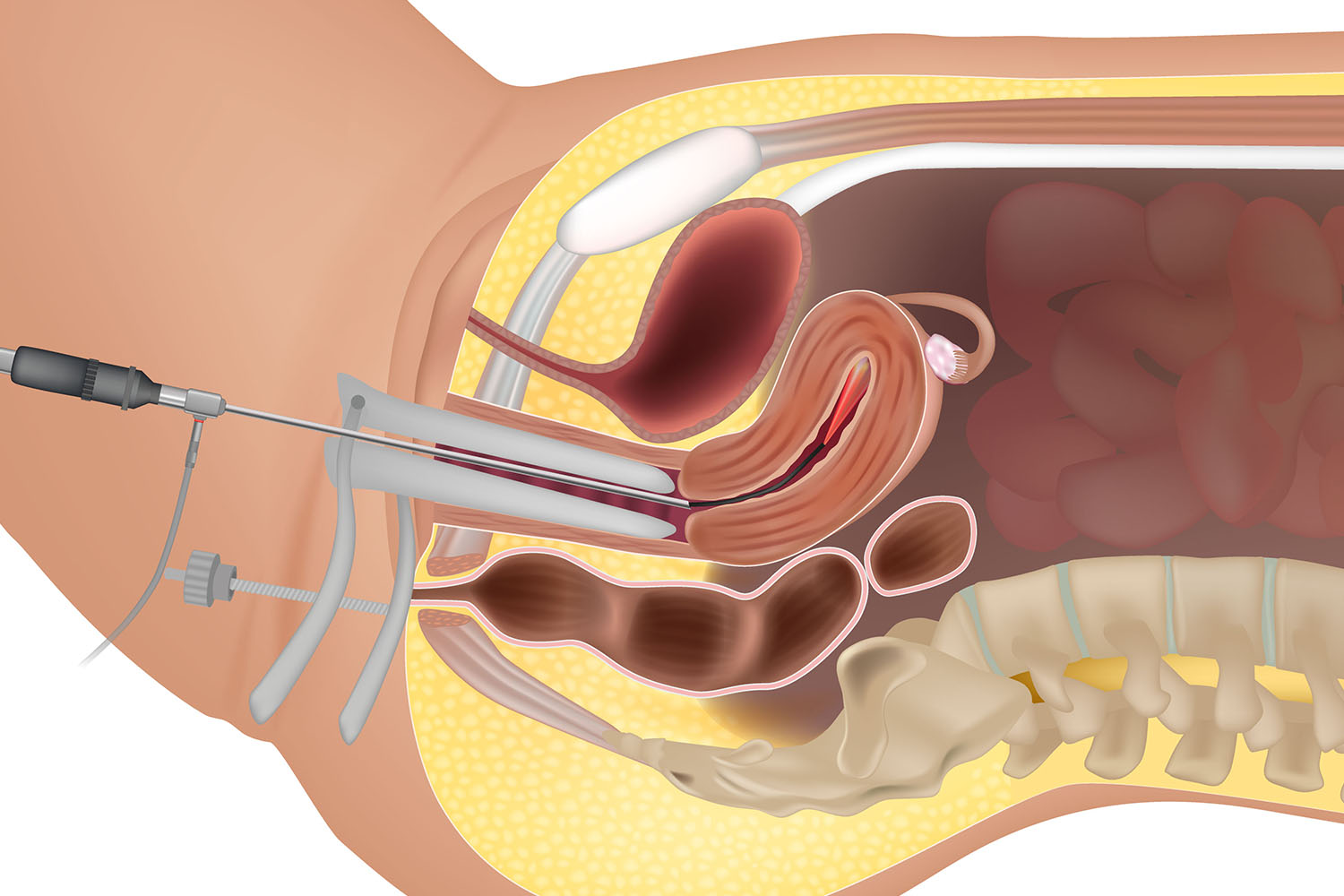Overview
Hysteroscopic Polypectomy is a minimally invasive surgical procedure used to remove polyps from the uterine cavity. Uterine polyps, also known as endometrial polyps, are growths attached to the inner wall of the uterus that extend into the uterine cavity. These polyps are typically benign (non-cancerous), but in some cases, they can cause symptoms such as irregular menstrual bleeding, infertility, and recurrent miscarriages. This blog explores the details of Hysteroscopic Polypectomy, its benefits, and insights from international research.
What is Hysteroscopic Polypectomy?
Hysteroscopic Polypectomy involves the use of a hysteroscope, a thin, lighted telescope-like device that is inserted into the uterus through the vagina and cervix. This allows the surgeon to view the inside of the uterus and accurately remove polyps using small surgical instruments. The procedure is typically performed on an outpatient basis, meaning patients can go home the same day.
The Procedure
- Preparation: Before the procedure, the patient may be advised to avoid eating or drinking for a certain period. Local, regional, or general anesthesia may be administered depending on the individual case and the physician’s recommendation.
- Insertion of Hysteroscope: The hysteroscope is gently inserted through the vagina and cervix into the uterine cavity. Saline or another fluid is used to expand the uterus for better visibility.
- Polyp Removal: Using specialized instruments passed through the hysteroscope, the surgeon carefully excises the polyps. The removed tissue is then sent to a laboratory for pathological examination.
- Post-Procedure: After the procedure, the patient is monitored for a short period before being discharged. Mild cramping and spotting may occur, but these symptoms typically resolve quickly.
Benefits of Hysteroscopic Polypectomy
- Minimally Invasive: Unlike traditional open surgery, Hysteroscopic Polypectomy does not require abdominal incisions, resulting in less postoperative pain and faster recovery.
- Outpatient Procedure: Most patients can return home the same day, minimizing the disruption to daily life.
- Improved Fertility: Removing polyps can enhance fertility outcomes for women experiencing infertility related to endometrial polyps.
- Reduced Symptoms: The procedure can significantly alleviate symptoms such as abnormal uterine bleeding and discomfort.
Insights from International Research
Research from around the world supports the efficacy and safety of Hysteroscopic Polypectomy. A study published in the Journal of Minimally Invasive Gynecology reported high success rates in symptom resolution and patient satisfaction. Additionally, the study highlighted the low complication rates associated with the procedure.
Another research article in the European Journal of Obstetrics & Gynecology and Reproductive Biology emphasized the positive impact of Hysteroscopic Polypectomy on fertility. The study found that women who underwent the procedure had improved pregnancy rates compared to those who did not receive surgical intervention for their polyps.
Furthermore, a review in the International Journal of Gynecology & Obstetrics discussed the long-term outcomes of Hysteroscopic Polypectomy, noting that the recurrence rate of polyps is relatively low, and the procedure is well-tolerated by most patients.
Hysteroscopic Polypectomy is a safe, effective, and minimally invasive procedure for the removal of uterine polyps. It offers numerous benefits, including quick recovery and symptom relief, making it a preferred option for many patients and healthcare providers. International research consistently supports the positive outcomes associated with this procedure, underscoring its importance in gynecological care.
If you are experiencing symptoms related to uterine polyps or have been diagnosed with polyps, consult with your healthcare provider to discuss whether Hysteroscopic Polypectomy is a suitable option for you. With ongoing advancements in medical technology and surgical techniques, patients can look forward to even better outcomes in the future.



